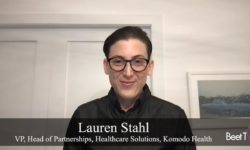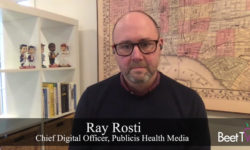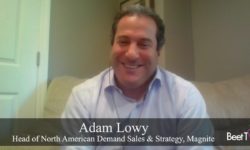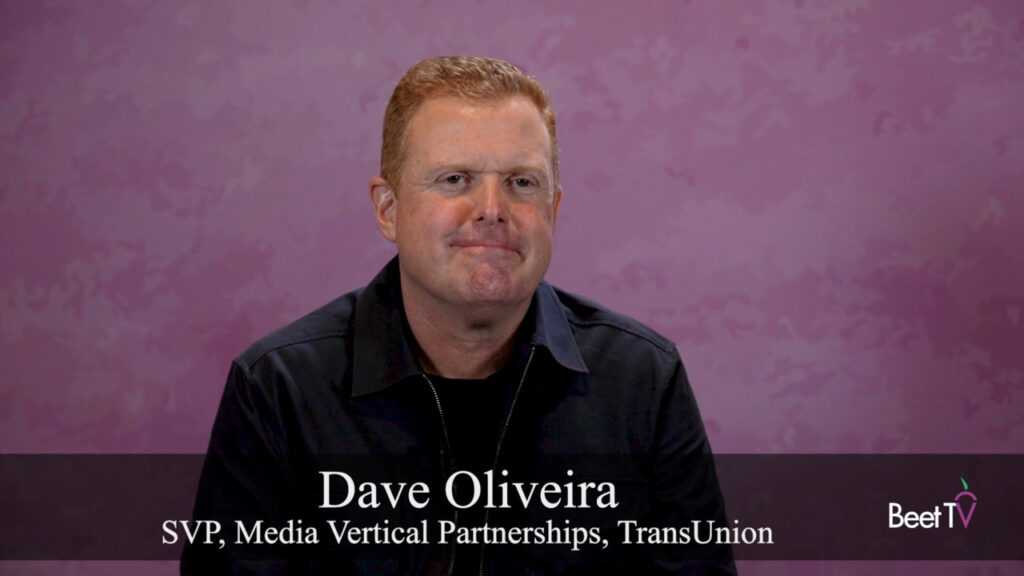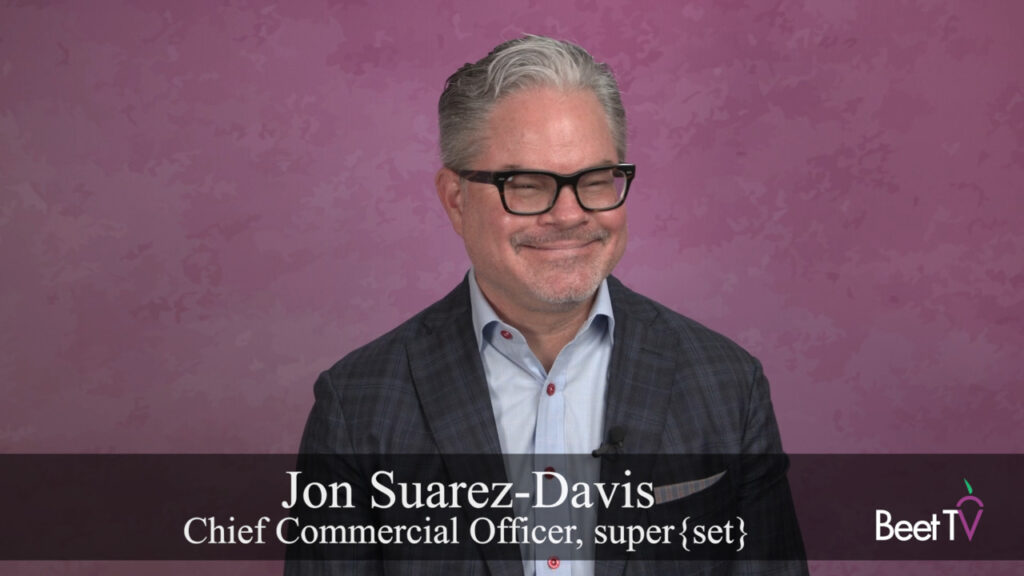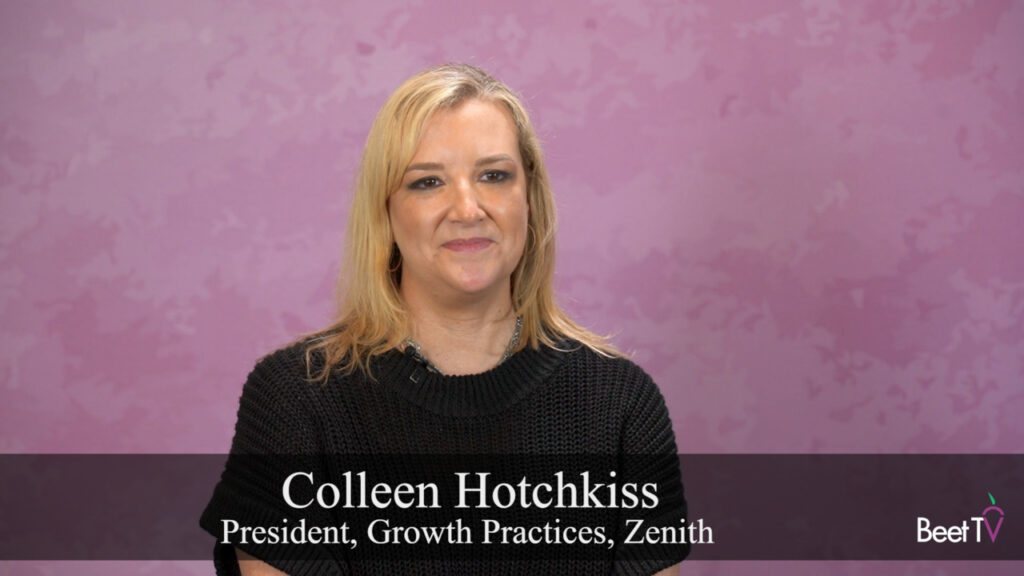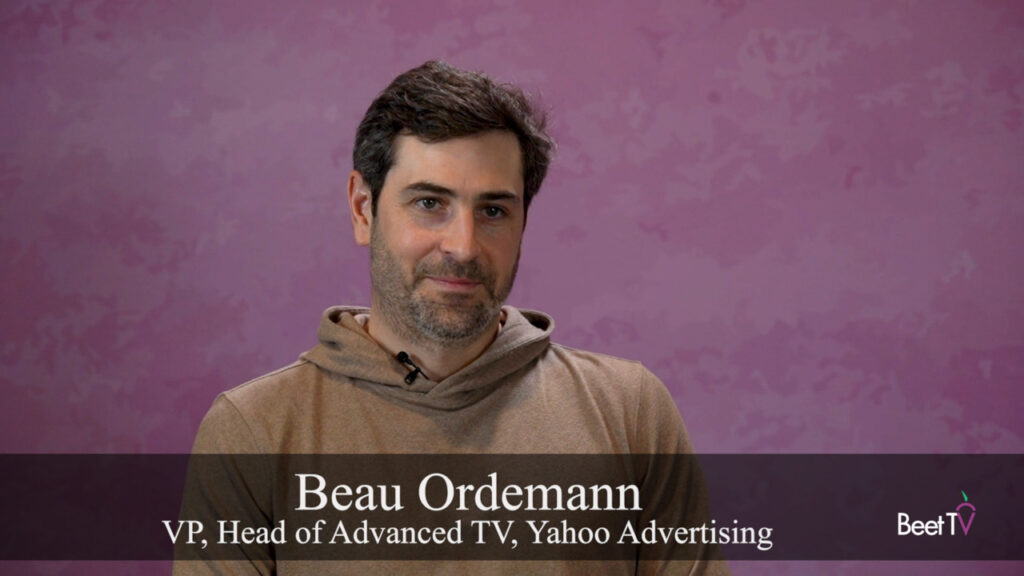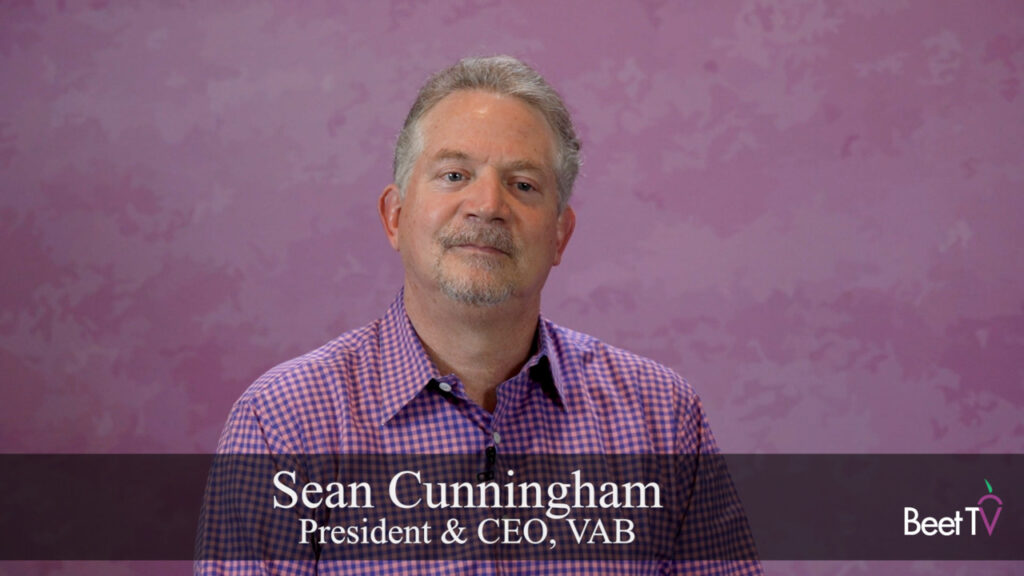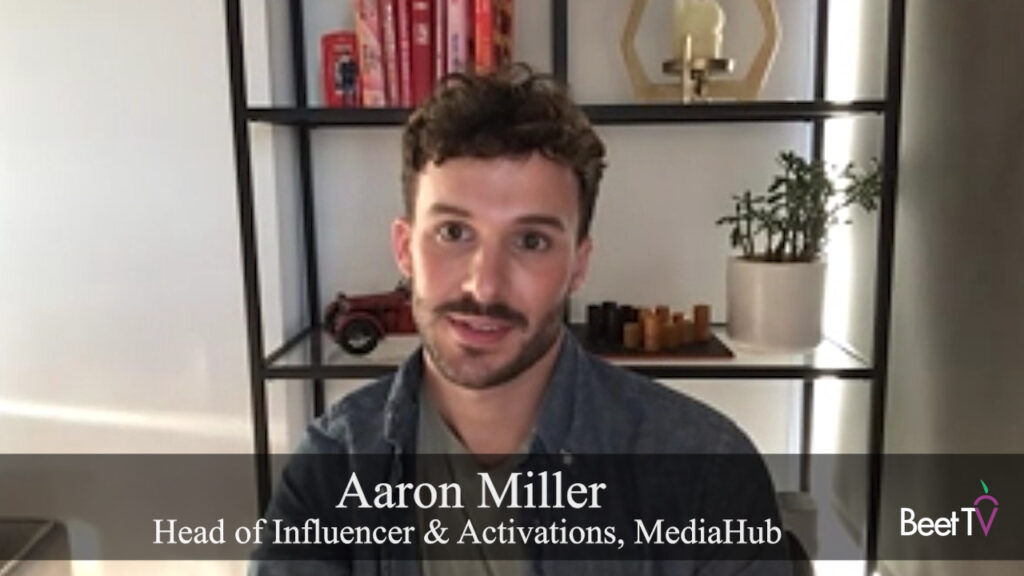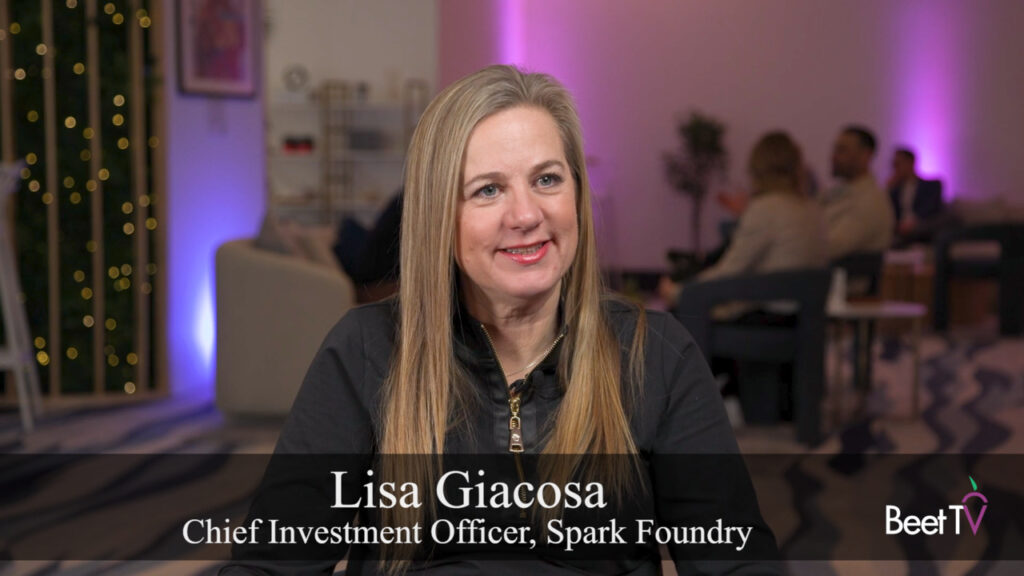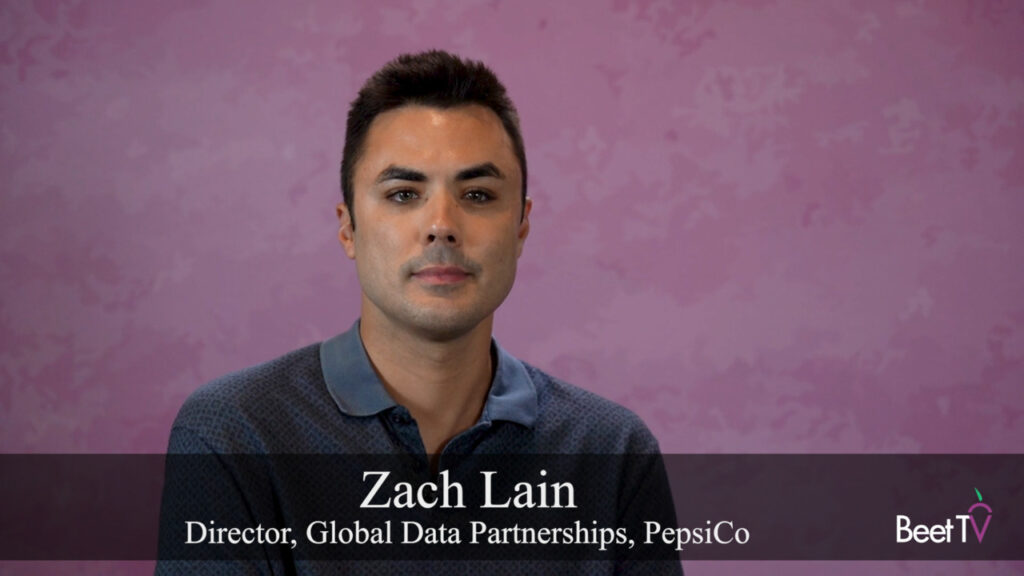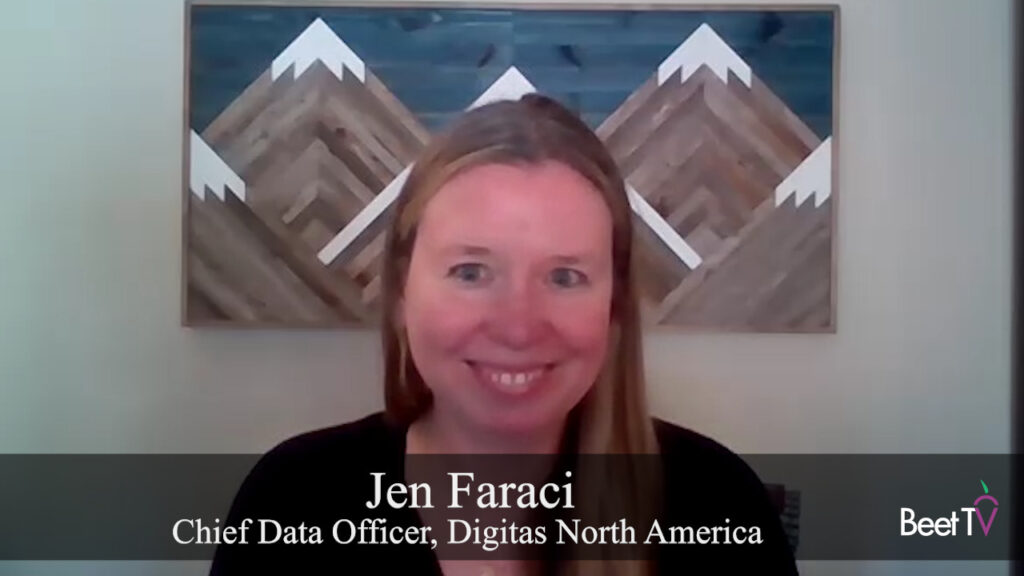Healthcare advertising has tended to be conservative, especially for products like pharmaceuticals that are heavily regulated and are required provide extensive disclosures. However, those marketers are starting to embrace advertising technology to reach healthcare providers as the coronavirus pandemic drives demand for the latest product information.
For Haymarket Media, which publishes dozens of titles for medical professionals, the shift to programmatic media buying is transforming the healthcare media marketplace.
“We’ve seen a lot of brands move from the traditional way that they transacted with us from direct sales to a programmatic relationship,” Louis Naimoli, director of programmatic sales and business development at Haymarket, said in this interview with Beet.TV. “It allows us within a niche space like pharma the opportunity to partner with some of the leading technologies on the programmatic demand side.”
The company works with demand-side platform like DeepIntent to sell its ad inventory to a more specialized group of media buyers in the healthcare industry instead of non-endemic advertisers in the open market.
It “allows us to integrate directly into a platform where other buyers on the pharma side, whether it be a representative from the brand directly or from their agency are looking to buy healthcare-endemic professional medical content like we have,” Naimoli said.
In the U.S., healthcare and pharmaceutical marketers will boost their spending on digital display advertising by almost 16% to more than $4 billion this year, making it the fastest-growing format for the industries, researcher eMarketer estimated.
Source: eMarketer
Preparing for Cookie-Less Future
As technology giants like Google and Apple diminish the ability of advertisers to track online audiences with third-party cookies and device identifiers, Haymarket has worked to develop its own source of first-party data about readers that helps its advertisers with their targeting.
“We’ve been preparing for this for the past 18 or so months,” Naimoli said. “In addition to having a strong opt-in user base already, we’ve put a big focus on building out our compliance practices and safekeeping. We’ll still be able to leverage our own first-party cookies and first-party data even when Google, Apple and every other company essentially sunsets the ability to really leverage the third-party data.”
The first-party data helps to personalize the user experience and keep its audience engaged with specialized content. The data about 1.5 million healthcare providers supports its programmatic business called Haylo, which aims to connect pharmaceutical marketers with healthcare professionals.
While first-party data help with personalization and targeting, Naimoli also foresees contextual-based media buying returning to greater prominence as advertisers seek to reach audiences based on their interests.
“There’s a ton of important information that these brands have to get to their target healthcare professionals,” Naimoli said. “It’s been a great time to showcase our stance as a leader within the healthcare publishing space.”
You are watching “Embracing the Future of Healthcare Marketing,“ a Beet.TV leadership series presented by DeepIntent. For more videos, please visit this page.








